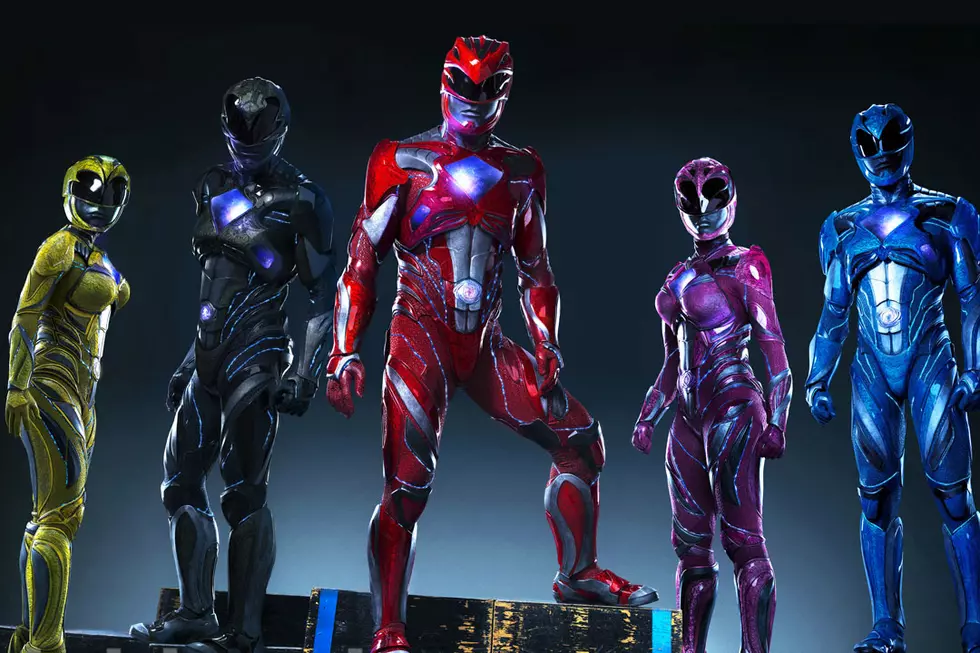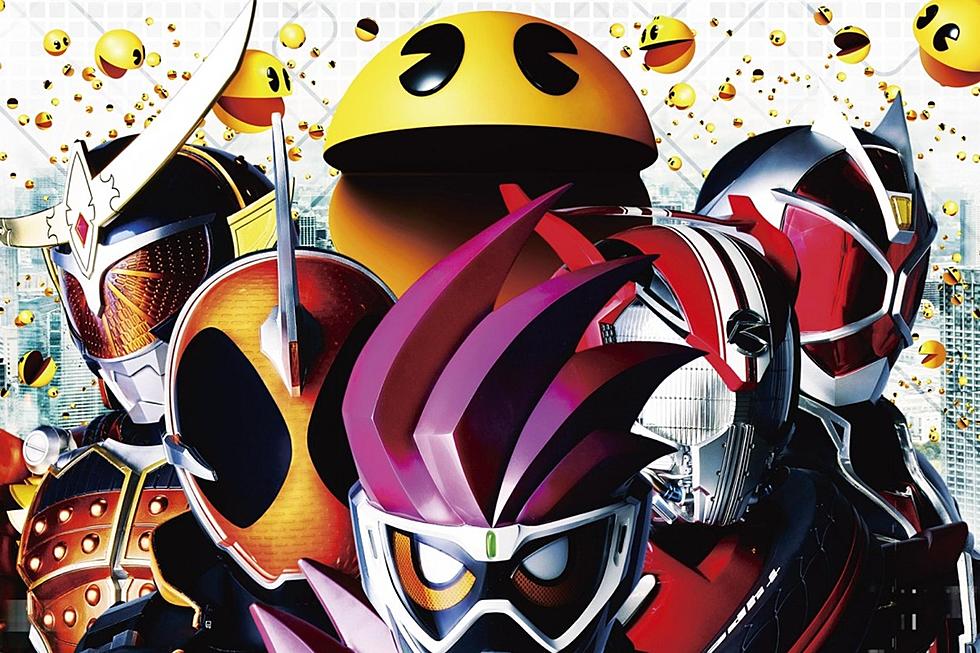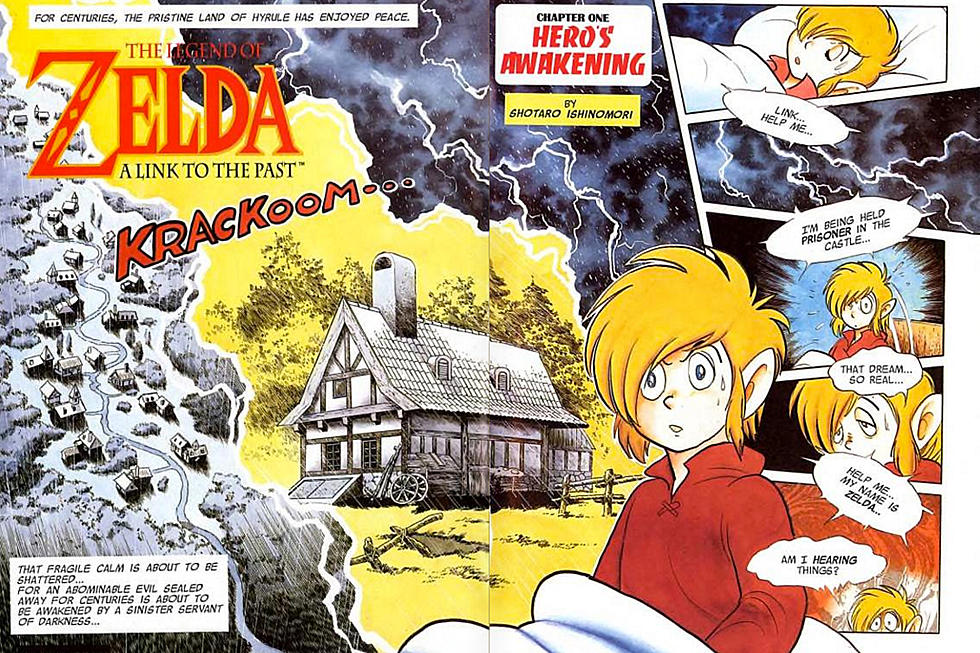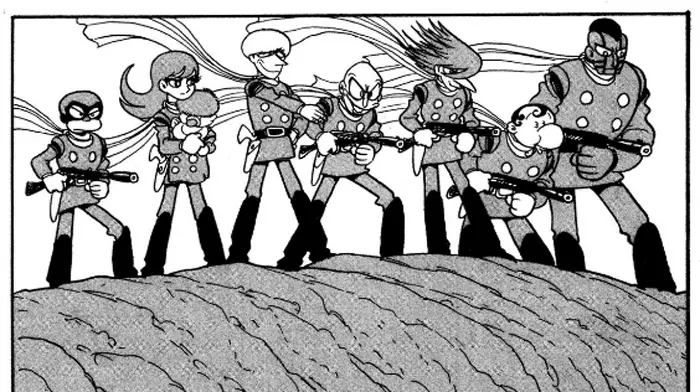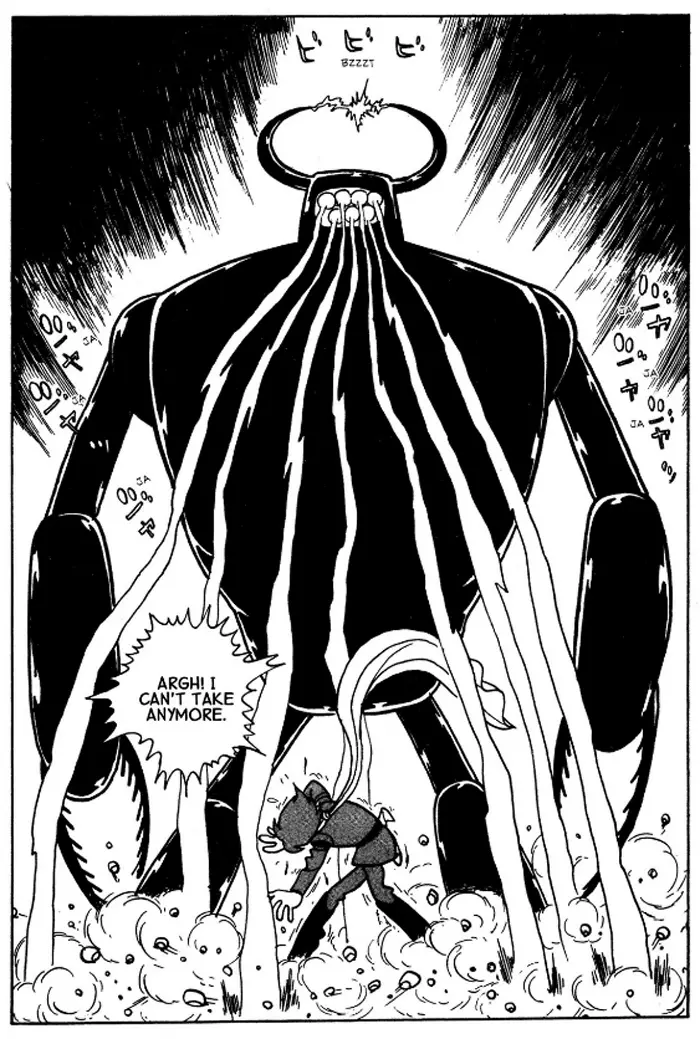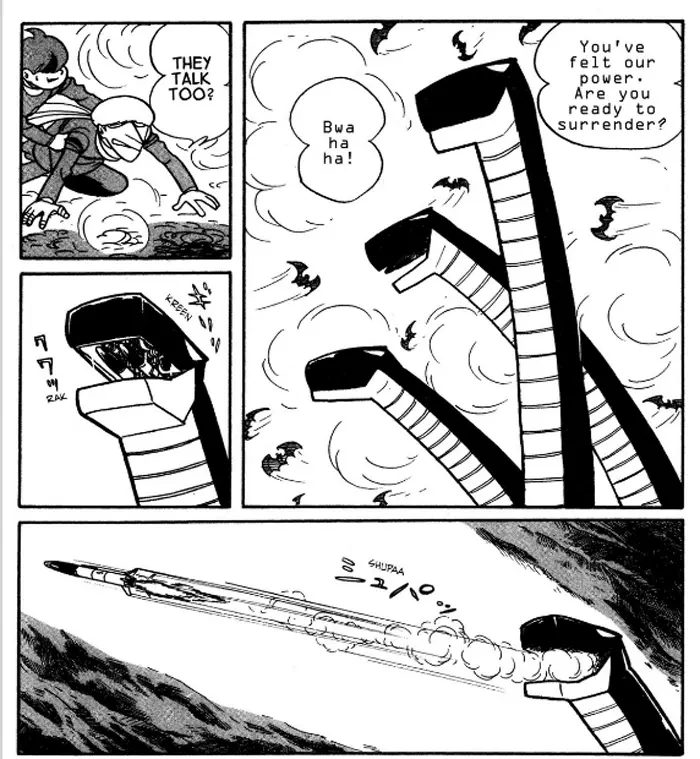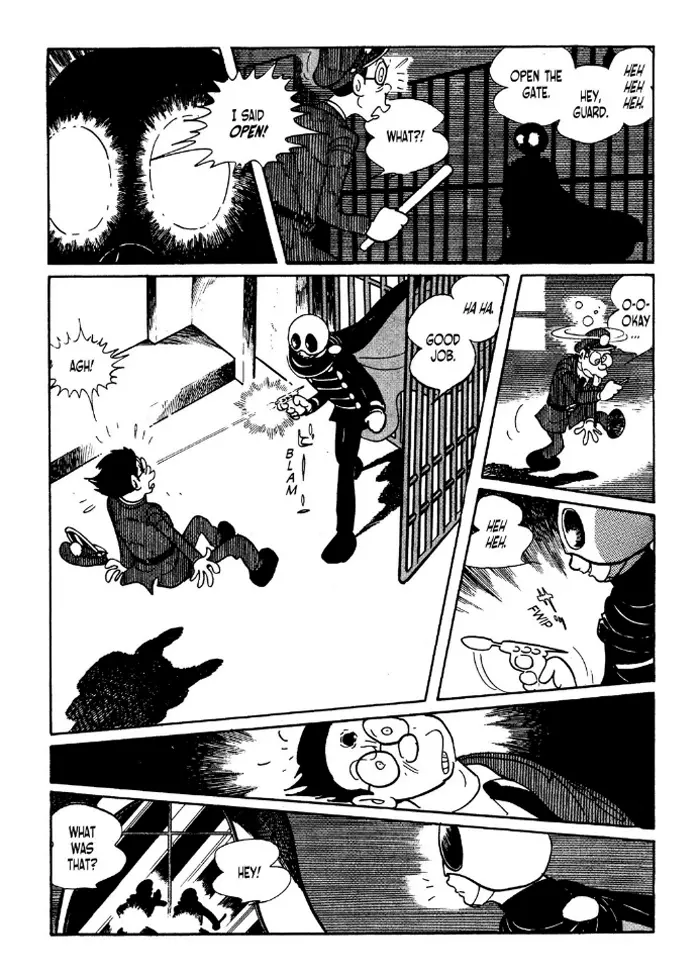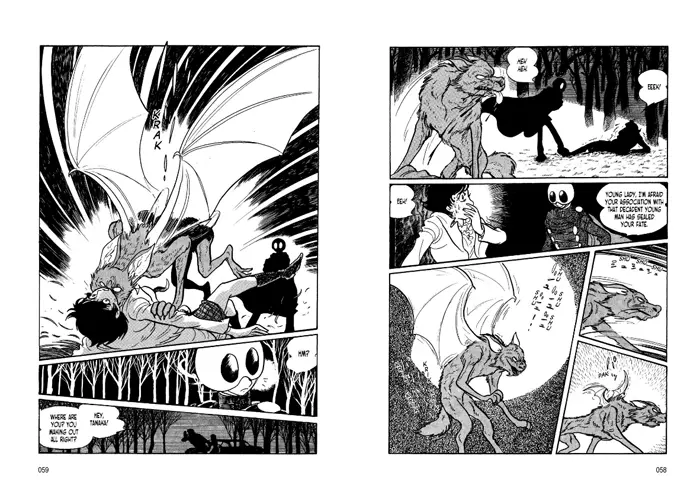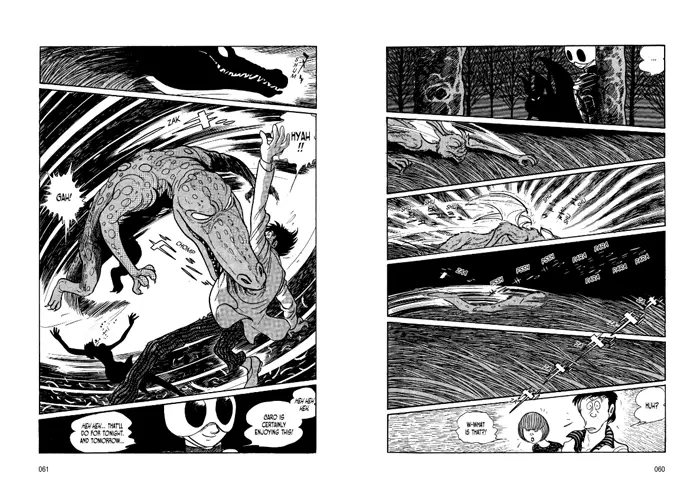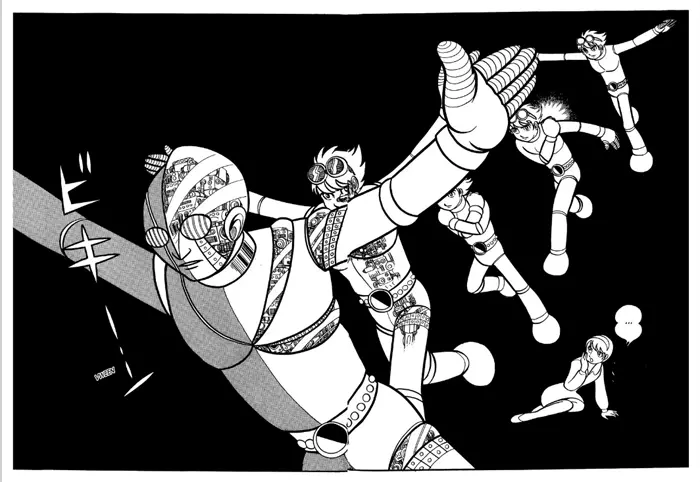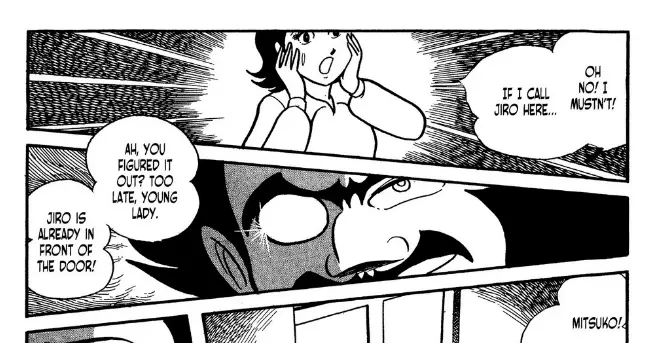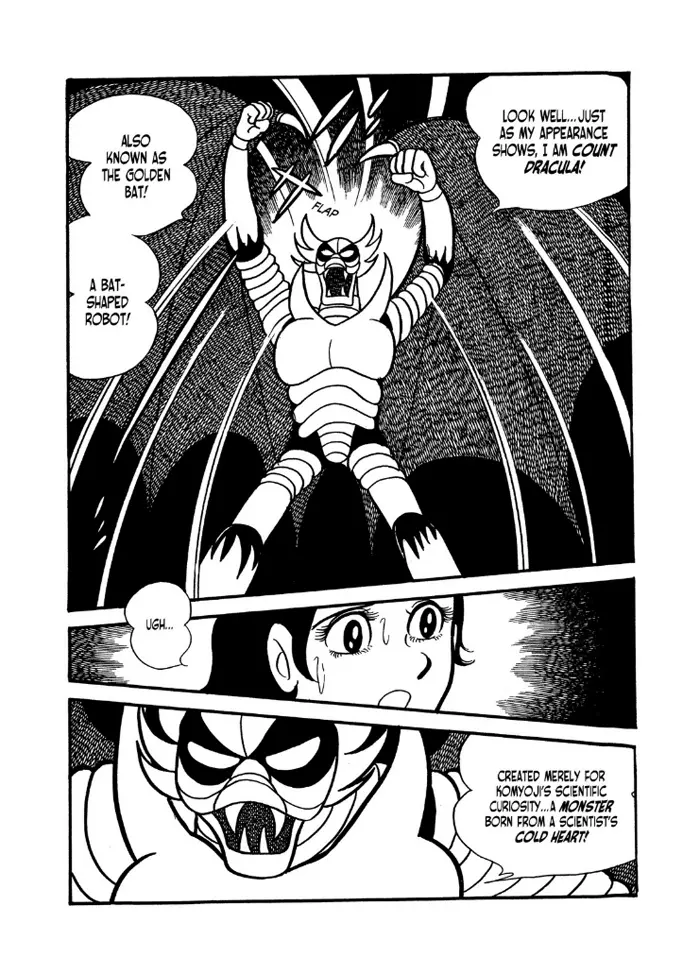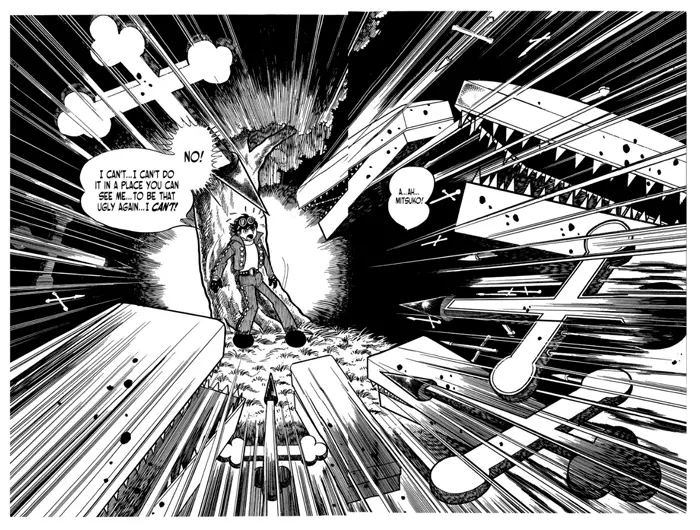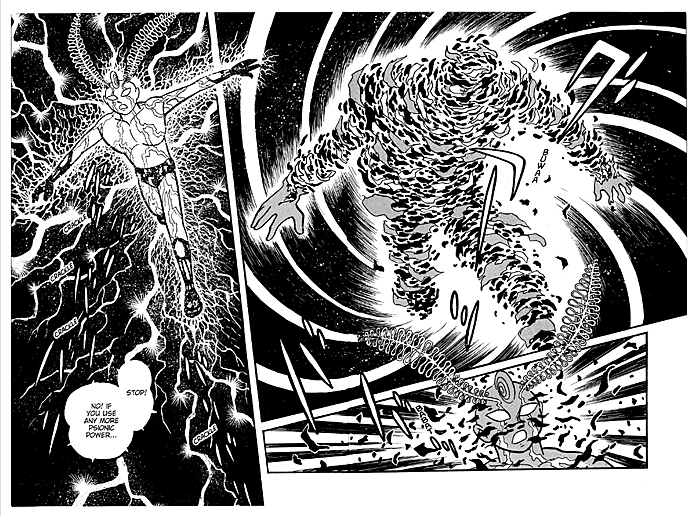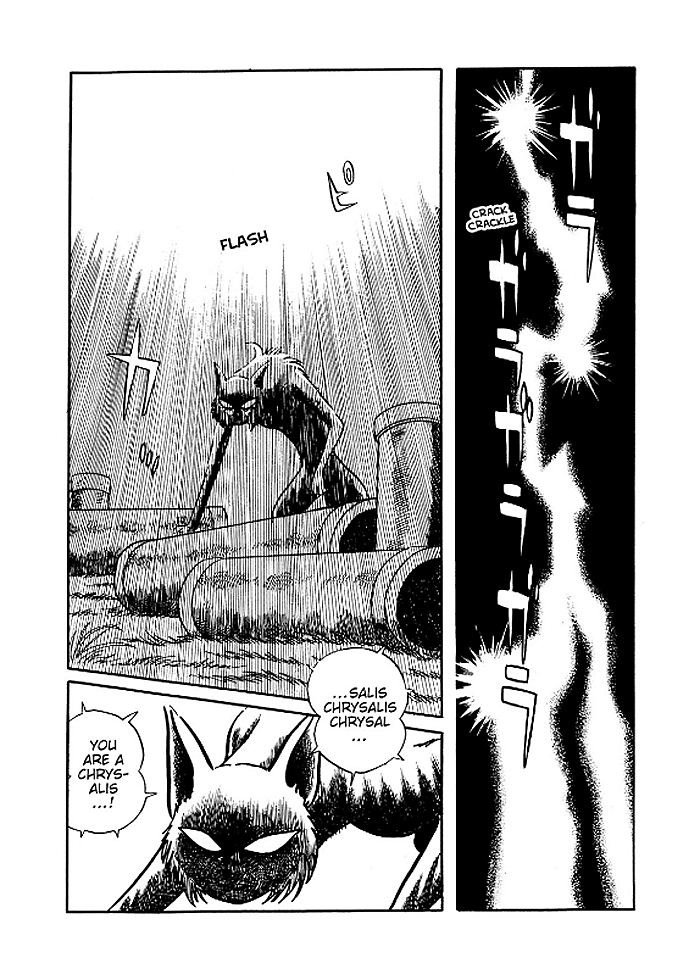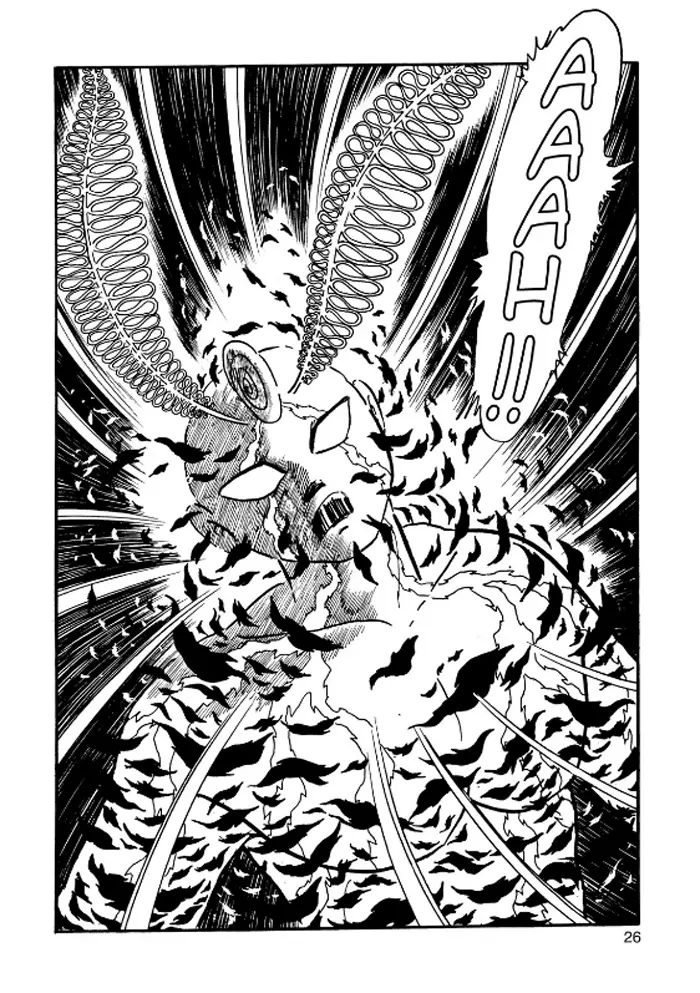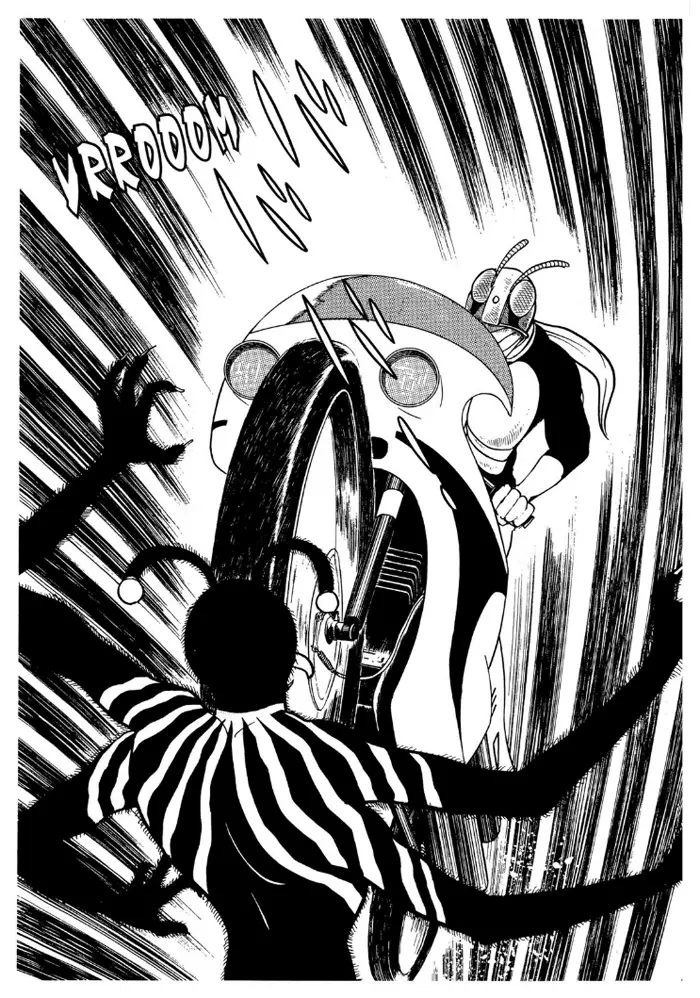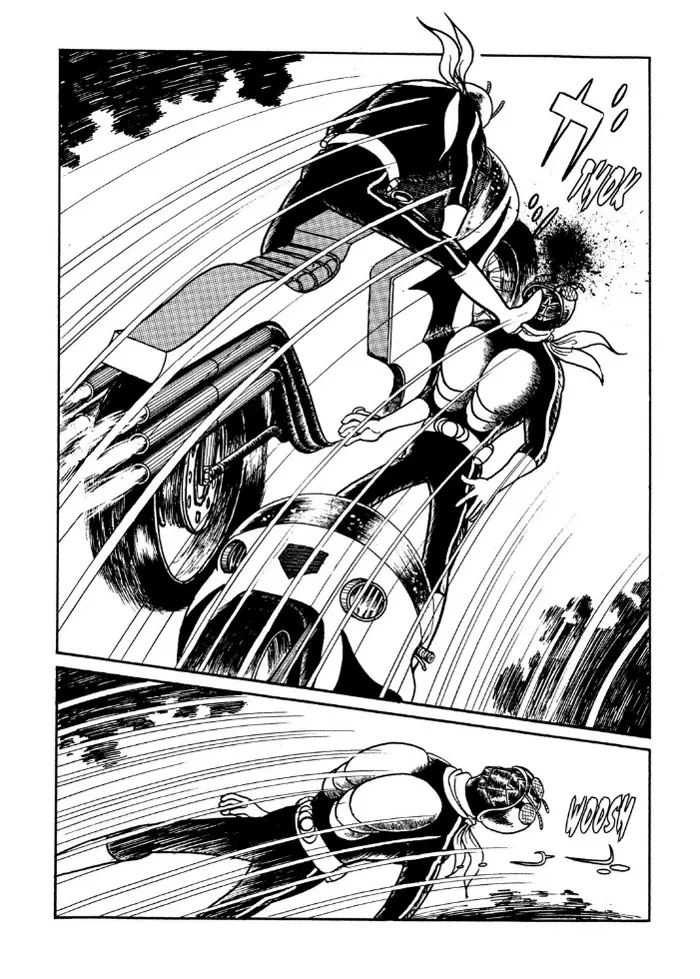
Shotaro Ishinomori Is A Big Deal: An Action-Packed Primer For New Readers

Shotaro Ishinomori is one of the most popular artists in popular culture, having created massively appealing characters, concepts and series that have captivated audiences all over the world for more than four decades. Recently ComiXology teamed with Ishimori Production Inc. to digitally release a selection of the prominent Japanese creator's most famous titles in English, making it an ideal time to affordably explore one of the important creator's body of work.Ishinomori is, to put it mildly, kind of a big deal. Beginning his career in comics at the age of 15 in his native Japan, Ishinomori quickly honed his craft, working under Osamu Tezuka on Astro Boy by the age of 21. Tezuka's style is all over Inshinomori's art, with a mixture of cartoony figures and dynamic movements, but where Tezuka's stories tend to have a depth of emotion and character, Ishinomori packs that in around pop action sequences and angst. To strain an overused music metaphor, if Tezuka is The Beatles, -- all harmony and innovation -- Ishinomori's The Stones, doing amazing stuff within the existing form. Oh, and he's also one of the reasons that the kanji for "manga" looks the way it does now. You know, NBD.
Ishinomori is known in some circles as the Stan Lee of manga, and it's a fairly apt description, with Ishinomori sharing "Smilin' Stan's" love for occasionally ham-fisted messages, tortured characters and splashy action. He also shares Stan's obsession with mutants, wild powers and flashy villains, concepts he returned to repeatedly as he created. Ishinomori created one of Japan's earliest superhero teams with Cyborg 009, birthed the Super Sentai franchise that eventually led to the Mighty Morphin Power Rangers in the US and he holds the Guinness World Record for "most comics published by one author," (beating out Tezuka for the title posthumously in 2008, thanks to some, let's say, "shaky" math) with a total of more than 128,000 pages produced.
His work is bold, engaging and smart, with just enough pathos to ground it in something that resembles reality. If you're at all interested in action-packed comics, Shitaro Ishinomori's catalog should have something in it for you. Here's a cursory look at just a few of the prominent series.
Ishinomori's Cyborg 009 was arguably the first superhero team in manga, telling the story of nine people kidnapped by the evil Black Ghost organization (my new band name) and given cybernetic enhancements in the hopes of creating a fighting force capable of battling space. Because of course. Naturally, the cyborgs rebel and fight against their former captives, supernatural threats and your garden-variety mad scientists. And while there is some unfortunately racist caricature in the way Ishinomori draws Pyunma/Cyborg 008, there's also stuff like this:
Oh, and also robotic dinosaurs with mouths full of missiles.
SKULL MAN
Ishinomori's first real sensational character was 1970's gritty Skull Man, a gruesome vigilante who's killing his way through Tokyo to find the person who killed his parents. In typical Ishinomori fashion, he's a visually arresting character, with a cape worthy of Batman and, of course, that distinctive skull helmet.
Personally, this was the weakest of the Ishinomori books for me, with the main mystery being not all that mysterious, the characters being kind of one-note and a final act with a reveal that swoops out of left field, stumbles all over the place and then just sort of wanders off. But, it's worth pointing out that Skull Man's assistant/Igor-type is a guy who can transform into a huge man-bat, a werewolf and also a crocodile. So there's that.
(Side note: in 2007 a reimagined Skull Man anime series was produced, updating for a more mature, modern audience. The entire series is streaming on Hulu.)
KIKAIDER
Kikaider is basically, "What if Pinocchio kicked all kinds of robot ass?" which you have to admit, is a heck of a high concept. More than a little inspired by the most famous creation of Ishinomori's former boss, Osamu Tezuka's Astro Boy, Kikaider is a human-looking loner named Jiro who winds up fighting a series of themed robots created by Dr. Gill, the evil lab partner of Jiro's deceased creator. When he's confronted by an enemy, Jiro crosses his arms across his chest and transforms into the wonderfully-designed Kikaider.
Of special note to people who like robots, Draculas and/or Robot Draculas (*cough* Chris Sims *cough*), one of the evil robots is designed to look sort of like Groucho Marx got turned into a vampire. Check him out:
Guys, his mustache and eyebrows are bat-shaped. Just enjoy that fact for a second.
Naturally, the Dracula robot transforms into a huge golden bat robot who devises an elaborate death-trap to kill Jiro. You know, usual Dracula stuff, like crucifix missiles and killer coffins. Say what you will about Dr. Gill's evil robots, but they know the importance of a consistent brand message and I can definitely appreciate that.
Kikaider also features a bumbling private investigator named Hattori Hanpei and he's completely terrible at his job. I was informed the other day on Tumblr that using the term "spirit animal" can be hurtful misappropriation, so I won't say that he's my spirit animal, but rather that he is an animal that best represents my true spirit. I love him so much.
Kikaider's main thrust is free will and choice, and while it's a bit heavy-handed at times, it gives the book a theme to explore in-between the fantastic robot fights. Ishinomori also sets Kikaider up as someone who's seen as a threat by the general populace and gives him a touch of self-loathing, seeing his robot form as being ugly and terrifying to others.
INAZUMAN
The tale of an international group of teenage mutants hated and feared by those they're sworn to protect might seem familiar, but Ishinomori manages to take that set-up and pack it full of some decent comedy and some straight-up creepy moments like this, where the main character, the hot-tempered slacker Saburo "Sabu" Kazeda, follows an American girl into a construction site and is greeted by a weird cat-person who, well, calls him a chrysalis.
That's ... that's a little unsettling, right? It's not just me?
Anyway, Sabu soon finds out that he's one of a few young mutants who, banded together under the moniker The Youth League, have decided to use their psionic powers against adult psionics who want to enslave humanity. Again, it's familiar territory to anybody who's read an X-Men comic, but it works because of the way Ishinomori sells it. The transformation that Sabu undergoes when he turns into Inazuman is painful-looking and kind of gross, adding a veneer of body horror familiar to anybody who's gone through puberty.
The real treat here is the way Ishinomori captures being a teenager: being way too interested in the opposite sex, being constantly late for school, feeling out of control of your body, being viewed by his adults as lazy or threatening; all of it rings true. Sabu struggles with the stuff that teenagers must deal with. Well, and also stuff like the fact that his teacher is an evil psionic who tries to brainwash him into killing the Professor X-type sensei who leads the Youth League.
KAMEN RIDER

Shocker then sends more of its super-powered cyborgs after Hongo, who has learned how to transform into a grasshopper-themed hero he dubs "Kamen Rider," a hero powered by nature itself.
It's a wonderful concept that lends itself to a host of stories. I don't want to spoil too much, but halfway through the second volume, there's a wonderfully zany switch-off that takes place and boosts the book's great premise to a brilliant premise capitalized on masterfully by the live-action KR television series:
If you don't have time to check out anything else on this list, at least try Kamen Rider. It's a fantastic superhero book with a likeable main character, bizarre villains, crazy action and did I mention that he dirtbikes guys in the face -- like this imposter Kamen Rider here -- like all of the time?
More From ComicsAlliance
